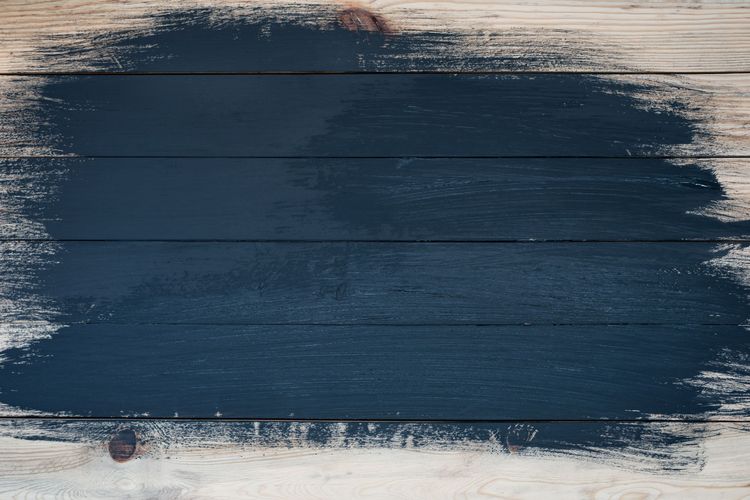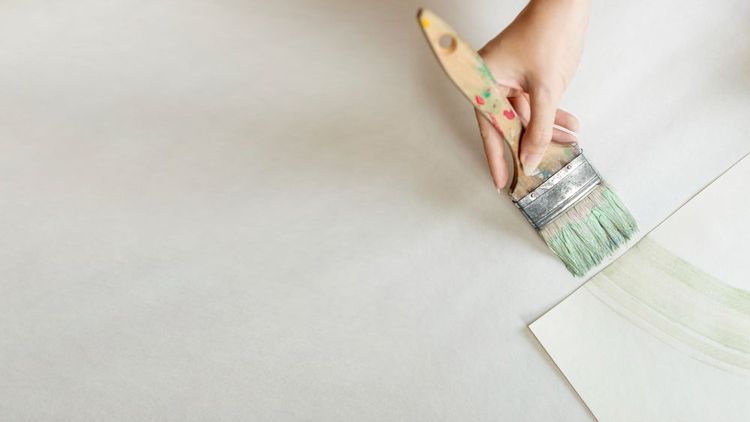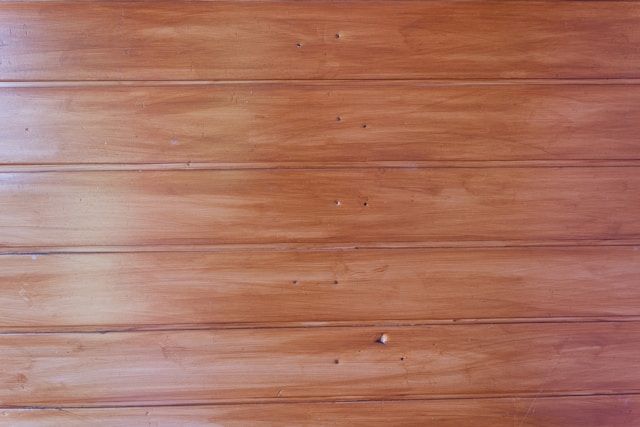Professional Floor Sanding for Kitchens
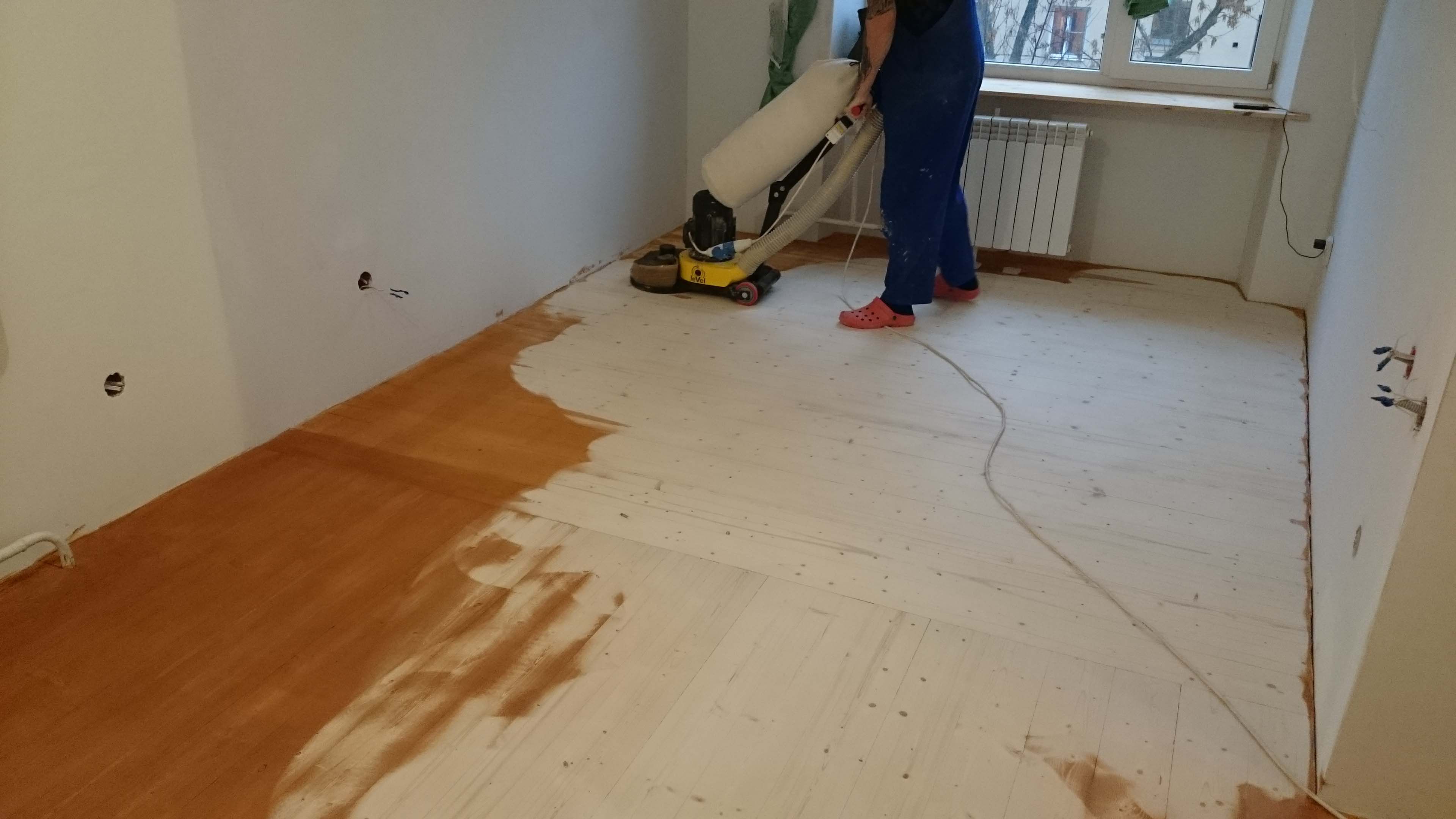
The kitchen is the heart of any home—a space that endures constant foot traffic, spills, and heavy use. Over time, even the most durable wood floors can show signs of wear, including scratches, stains, and dullness. Professional floor sanding offers an effective solution to revive your kitchen flooring, bringing back its original charm while enhancing durability.
Why Kitchen Floors Need Special Attention
Kitchen floors face unique challenges that make them more susceptible to damage than floors in other areas of the house. Frequent exposure to moisture, food spills, and heavy appliances can cause wood to warp, discolor, or develop deep scratches. Unlike living rooms or bedrooms, where wear is primarily from foot traffic, kitchen floors require a more robust refinishing approach to ensure longevity.
Traditional cleaning methods can only do so much. When the protective finish wears off, the wood becomes vulnerable to water damage and stains. This is where professional sanding becomes essential. Unlike DIY attempts, which may leave uneven surfaces or fail to address deep imperfections, expert sanding removes the damaged layer entirely, preparing the floor for a fresh, resilient finish.
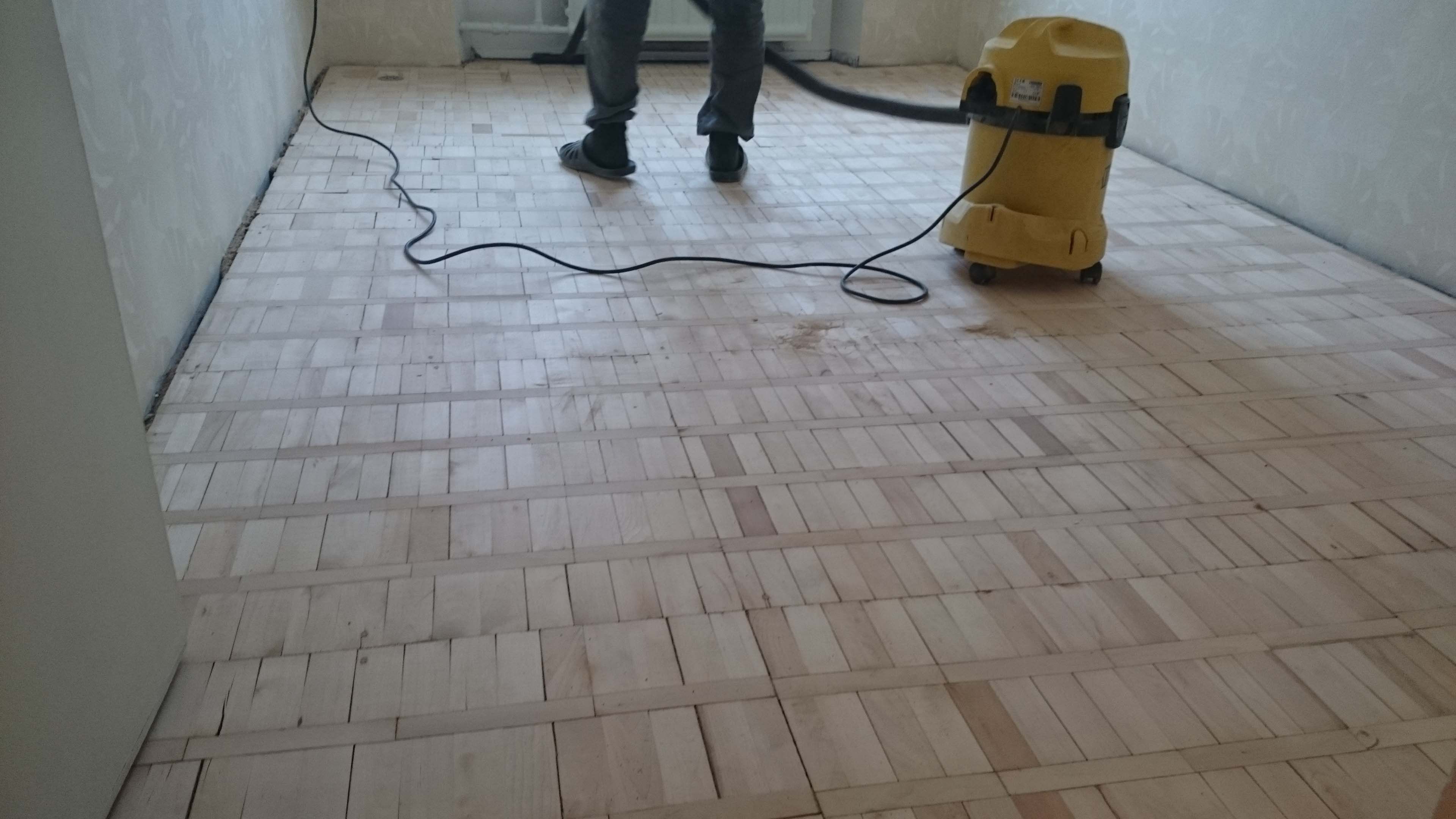
The Process of Professional Kitchen Floor Sanding
A professional sanding job involves several meticulous steps to ensure optimal results. The first stage is preparation, which includes clearing the kitchen of all movable items and securing appliances that cannot be removed. Any protruding nails or staples are addressed to prevent damage to the sanding equipment.
The actual sanding begins with coarse-grit abrasives to strip away the old finish and level the surface. Given the kitchen's high-traffic nature, special attention is paid to areas near sinks and stoves, where wear is most pronounced. Professionals use industrial-grade sanders that efficiently remove imperfections without causing undue stress to the wood.
After the initial sanding, finer grits are used to smooth the surface, eliminating any roughness left by the coarse sandpaper. Edges and corners, often neglected in DIY projects, receive careful treatment with specialized tools to ensure uniformity. Once the sanding is complete, the floor is thoroughly cleaned to remove all dust, which could otherwise interfere with the new finish.
The final step involves applying a high-quality sealant designed for kitchen environments. Unlike standard finishes, kitchen-grade polyurethane or oil-based coatings provide extra protection against moisture, stains, and daily wear. Multiple coats are applied, with sufficient drying time between each layer to ensure maximum durability.
Benefits of Professional Sanding for Kitchen Floors
Investing in professional sanding for your kitchen floor offers several advantages beyond mere aesthetics. One of the most significant benefits is the restoration of structural integrity. Sanding removes surface imperfections and minor warping, creating a level and safe walking area. This is particularly important in kitchens, where uneven floors can pose tripping hazards.
Another key advantage is hygiene. Over time, cracks and scratches in the wood can harbor bacteria and food particles, making the floor difficult to clean thoroughly. Sanding eliminates these crevices, resulting in a smooth surface that is easier to maintain and less likely to trap dirt.
Additionally, a professionally refinished kitchen floor enhances the overall value of your home. Potential buyers often view well-maintained hardwood floors as a premium feature, and kitchens with pristine flooring leave a lasting impression.
Choosing the Right Finish for Kitchen Floors
The choice of finish plays a critical role in determining the longevity and appearance of your sanded kitchen floor. Water-based polyurethane is a popular option due to its quick drying time and low odor, making it ideal for households that need minimal disruption. However, oil-based polyurethane offers superior durability and moisture resistance, albeit with a longer curing period.
For those seeking a more natural look, hardwax oils penetrate the wood, enhancing its grain while providing robust protection. These finishes are easier to spot-repair than polyurethane, though they may require more frequent maintenance.
Regardless of the finish selected, professional application ensures even coverage and optimal performance. Experts can also recommend the best product based on your kitchen’s specific conditions, such as humidity levels and exposure to sunlight.
Maintenance Tips for Newly Sanded Kitchen Floors
To prolong the life of your newly sanded kitchen floor, adopt a few simple maintenance practices. Place mats near sinks and high-traffic areas to catch spills and reduce abrasive dirt. Felt pads under furniture legs prevent scratches, while regular sweeping minimizes the accumulation of grit that can wear down the finish.
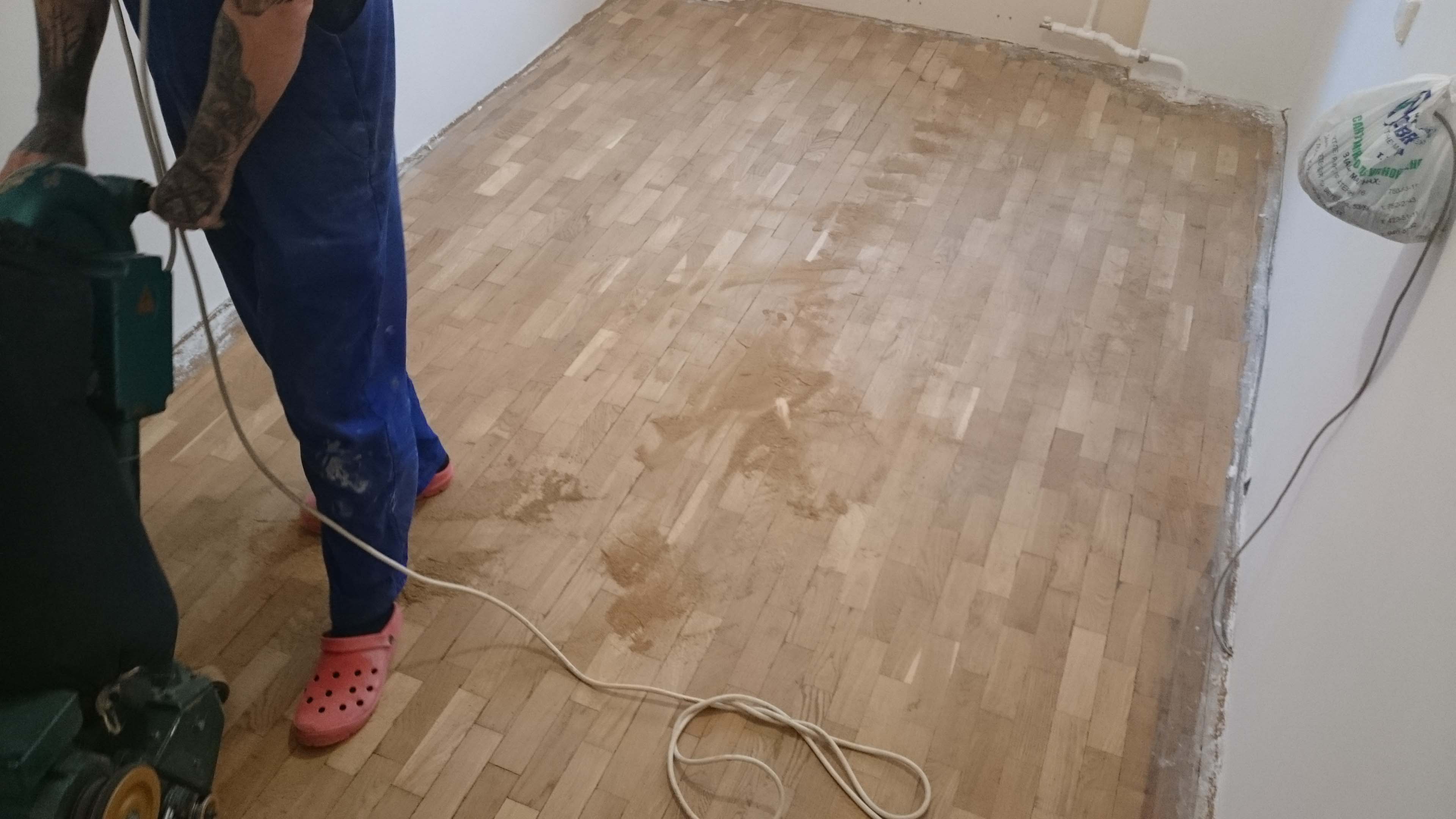
When cleaning, avoid excessive water and harsh chemicals, which can damage the sealant. Instead, use a damp mop with a pH-neutral cleaner designed for wood floors. Promptly wipe up spills to prevent moisture from seeping into the wood.
Periodic inspections can help identify minor issues before they escalate. If you notice areas where the finish is wearing thin, consult a professional for touch-ups to maintain the floor’s protective barrier.
Conclusion
Professional floor sanding is a transformative process that can breathe new life into your kitchen’s wood flooring. By addressing wear and tear at its root, sanding restores both beauty and functionality, ensuring your floor withstands the demands of daily use.
Whether you’re preparing to sell your home or simply want to enjoy a refreshed kitchen space, investing in professional sanding delivers lasting value. With the right finish and proper care, your kitchen floor will remain a stunning and durable feature for years to come.

